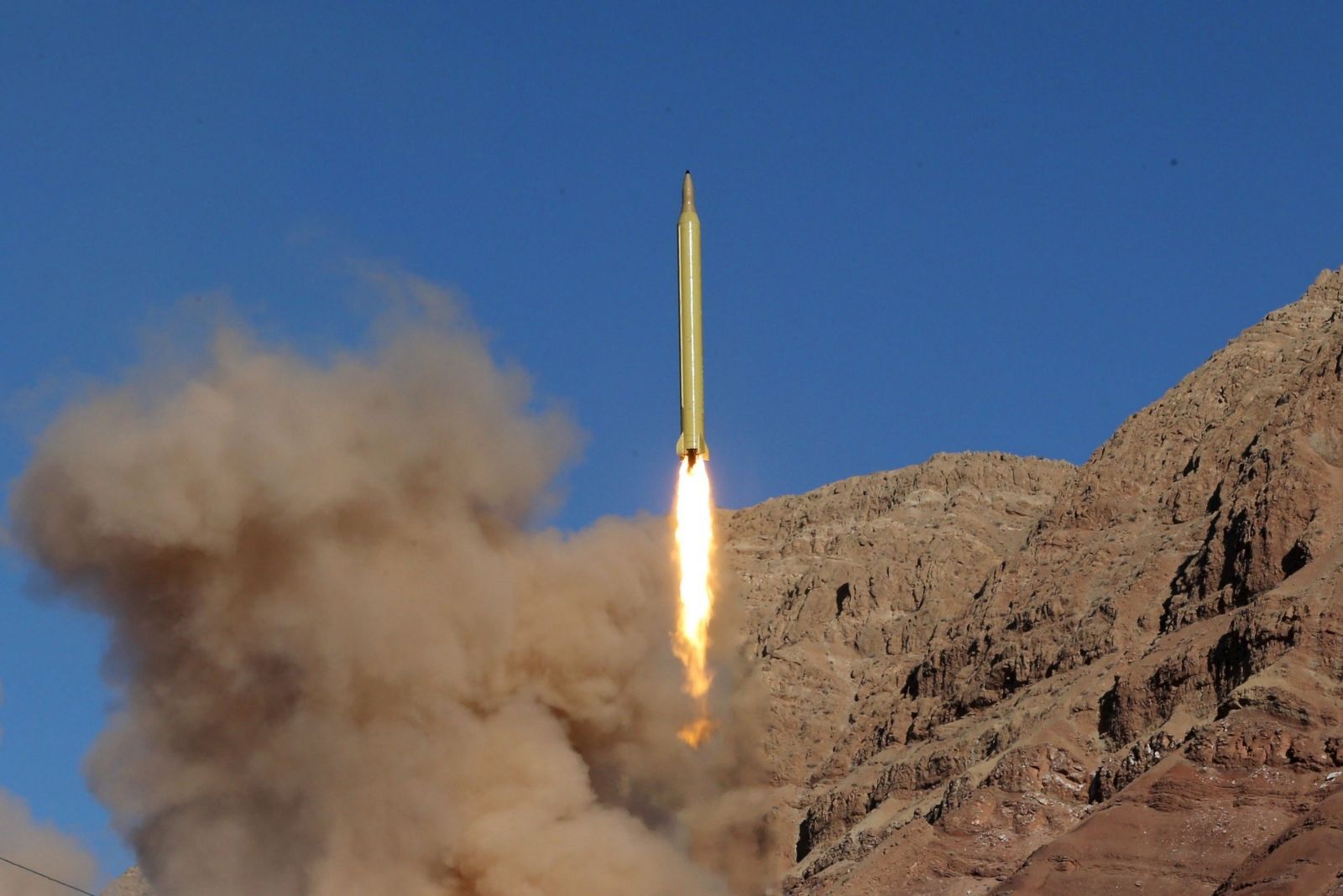European Defence Agency, BRUSSELS: European Union Governments Today Agreed A Landmark Strategy For Europe’s Defence Technological And Industrial Base (DTIB), describing it as a fundamental underpinning of Europe’s security and defence policy and setting a series of practical steps to achieve their vision of a more integrated and competitive future.
EU Defence Ministers, meeting as the Steering Board of the European Defence Agency, committed themselves to continue working towards creating a true European DTIB – not just the sum of its national parts, but an increasingly integrated, specialised and interdependent entity.
“We can no longer decide on the equipment we need on a purely national basis, and then pursue separate national R&D programmes and procurement,” said Javier Solana, the Head of the EDA, who chaired the meeting. “As the document rightly says, this approach is no longer economically sustainable and, in a world of multinational operations, it is operationally unacceptable, too.”
The strategy foresees an industry driven by capability needs – the real operational requirements of the Armed Forces of the future – competent to exploit the best technology quickly, and competitive both within and outside Europe. This would require more interdependence and more specialisation at all levels of the supply chain, with less reliance on non-European sources of key technology. But it would not be a “fortress Europe”, excluding imports or overseas cooperation.
Among the priorities established by ministers for early action are:
Developing the depth and diversity of the European supply base by involving more small- and medium-sized enterprises and non-traditional suppliers;
Improving security of supply between Member States and reducing unnecessary red tape for cross-border movements of defence equipment;
Assessing and mitigating the impact of offsets (requirements for defence imports to be compensated by national purchases or investments) and transparency in state aid to and ownership of defence companies to ensure fair competition;
Renewing efforts to harmonise and consolidate demand in more cooperative projects, with a particular priority on collaboration in Research & Technology.
“It is extremely important that our governments work together to clarify priorities,” Solana said. “We must have a shared view of which are the priority capabilities, which are the key technologies for our future and which are the vital industrial capacities we must develop and retain in Europe.”
During the meeting, Hungary announced that it had become the 23rd Member State to subscribe to the inter-governmental regime on procurement in the European Defence Equipment Market, which since last July has been subject to greater transparency and competition through a voluntary Code of Conduct.
The Steering Board considered a report on the working of the regime and noted with satisfaction that the first cross-border contract had been awarded under the Code, and that industry-to-industry contract opportunities – as well as government tenders worth close to EUR10 billion – were now being advertised on the EDA portal.
The ministers stressed, however, that while competition was a tool for providing better value to the customer, sharpening industries and encouraging the evolution of the EDTIB, cooperation may often offer a better approach to the same ends.
On other issues, ministers gave their backing to a new European effort on Unmanned Air Vehicles, the focus of EDA research studies over the past two years. This new initiative, supported by the European Commission, will focus initially on the integration of UAVs into general air traffic, with a roadmap study to be launched immediately to look at the technological, political, legal and economic challenges involved.
“This collaboration between the major European stakeholders has the potential to put Europe at the forefront of UAV airspace integration,” Solana said.
The Steering Board also asked the Agency to propose concrete benchmarks for Europe’s collective efforts on defence, particularly on investments in R&T and the development and procurement of equipment. Such benchmarks can guide the process of re-allocating defence spending towards investment, support reform and restructuring and show the determination of governments to support the development of effective military capabilities in Europe.
During the meeting, ministers from 20 countries signed the formal agreement launching a EUR55 million Joint Investment Programme for Research & Technology aimed at force protection, which was approved in November 2006. This programme is based on a new funding mechanism which will set a precedent for future collaboration in Defence R&T, in line with the strategy agreed by the Steering Board. The signing clears the way for a first call for proposals to be issued in the coming days to more than 250 potential participants in the contributing countries.
“The work of the Agency is gathering momentum and starting to make a real difference,” said EDA Chief Executive Nick Witney. “The strategy agreed today provides an excellent foundation for us to work with Member States on the much-needed transformation of how we manage the business of defence in Europe.”
Taiwan detects 37 Chinese aircraft near island
Taiwan said it detected 37 Chinese fighter jets, drones and other aircraft near the self-ruled island on Sunday as Beijing...









